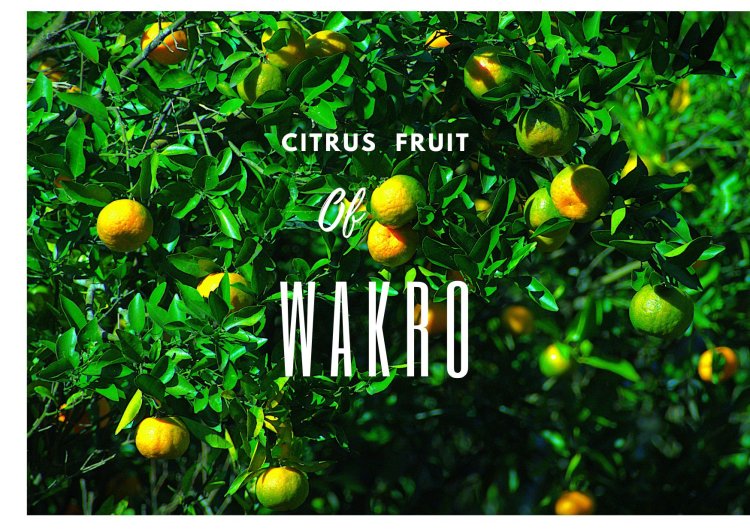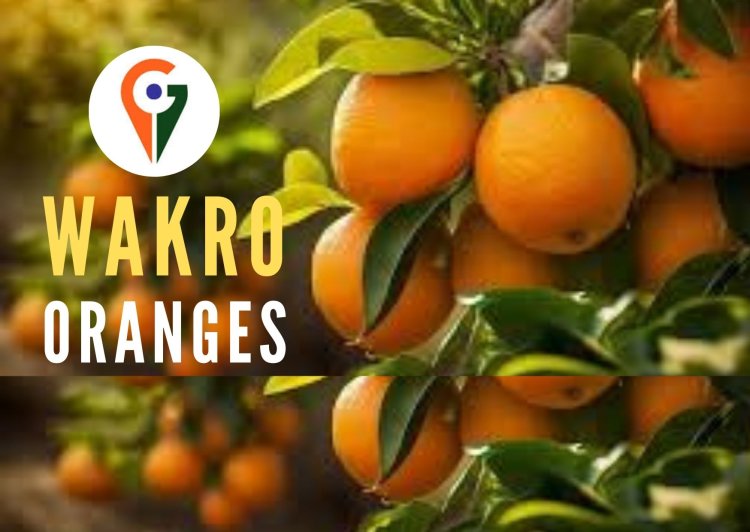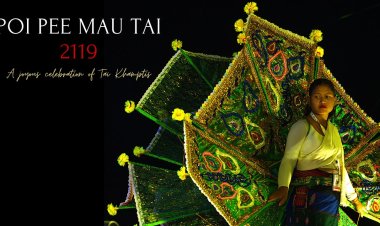Citrus Fruit of Wakro
Agriculture being backbone of India, it has many produces which a indigenous to the region. The consumables may be a vegetable, fruit, beverages, product and ingredient of daily use. Because of its quality and rich organic value, method of production. Few are handpicked and declared to specific region and has global importance. Oranges of Wakro in Arunachal Pradesh has earned the tag !

During the months of November and December a visit to the northeast is a blessing in disguise.Fruit orchards of Kiwi, Pineapple and Oranges greet the eyes.One will not forget its fresh juicy taste !
Mandarin orange of Arunachal is commonly known as Wakro orange (deriving its name from the place where it is grown extensively in Arunachal Pradesh) is the oldest cultivated fruit crop in the state. Belonging to the Citrus family, it is by far the major and largest grown horticultural crop in Arunachal Pradesh and mandarin orange accounts for almost 90 percent of the total citrus population.

Locals say that mandarin orange began to gain commercial popularity after the 1970s when the Government set up schemes to encourage jhum cultivation and permanent orchards for indigenous fruit crops. Since then, Arunachal orange has been promoted through many Government undertakings to not only increase the area under cultivation but also substantially increase the annual crop produce. The orange is grown in almost every part of the state and main producing places and districts are Wakro – Hawai, Lohit, Roing – Kaho, Dambuk – Lower Dibang valley, Pangin, Mebo – East Siang, Boleng – Upper Siang, Basar – West Siang, Boha, Bragon – West Kameng and Bana – East Kameng.
The altitude and agro-climatic conditions are extremely well-suited for the cultivation of the native mandarin orange variety. The subtropical climate, soil rich in organic matter and absence of any chemical fertilizer supports this variety with many distinctive characteristics. The fruit crop is largely grown in the organic method using indigenous measures for pest and disease control. Thrives in unique climatic conditions. Orange is harvested immediately after ripening and in fresh condition. The peel colour is the main factor to judge maturity. Peak season for harvesting is between November – February. As per grower in Hawaii, On an average, a tree will bear about 200 to 300 fruits a year.
The famed juicy oranges are round-shaped with sweet-sour taste. It has a medium thick rind that attains a bright orange colour at full ripening. The rind is fairly easy to peel, making it convenient to eat with the fingers. It is the loose skin that distinguishes itself from other varieties. Arunachal orange has a relatively good size with a high amount of juice (juice per content is the highest among Indian varieties) and acidity is the lowest, lending it a unique taste. It has a high content of TSS and is packed with loads of Vitamin C.
The fruit is generally eaten as fruit alone or in salads or as a juice. These delicious fruits are in great demand within and outside the state and found in almost every part of Arunachal. Export quality oranges are now making their way to the global market. Annual orange festivals are held in different parts of Arunachal drawing huge crowds each year. These cultural festivals are aimed to bring in people from all over the world to explore the natural beauty of Arunachal and experience the lifestyle of the local people.
This delectable mandarin orange received the Geographical Indication GI Tag in 2014.
If you happen to visit North East India , don't forget to buy a few and taste it !.












